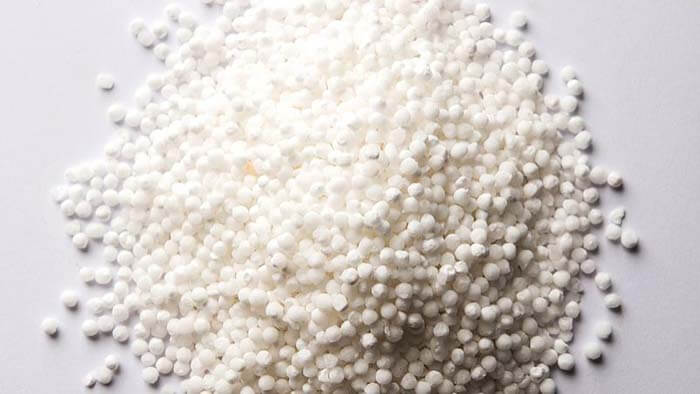
Engineering plastics have been used daily, mainly as engineering materials, instead of metal for manufacturing machine parts. In the automotive industry, automobiles’ lightweight, safe, and environmentally protection have been realized by replacing steel with plastic.
In the selection of engineering plastics, material engineers must consider not only the mechanical properties of the material, aging resistance, etc., but also its thermal properties. There are many tests for the thermal properties of engineering plastics. What do we need to know?
Parameters of engineering plastic material properties 1. Continuous working temperature
Indicates the degree of heat resistance of plastic molded products. It is generally divided into physical heat resistance and chemical heat resistance.
The former is the performance of the specified shape of the plastic molding pattern to maintain the shape of the product under the specified heating temperature;
The latter is the thermal stability of the molecular bonds in the plastic molding material.
The latter is the thermal stability of the molecular bonds in the plastic molding material. It mainly indicates the heat resistance of the plastic molding sample under no-load conditions. The long-term working temperature of common engineering plastics such as PEEK is 260℃.
Parameters of engineering plastic material properties 2. Glass transition temperature
When the temperature is higher than Tg, the non-crystalline polymer will become soft and rubbery. It is important to ensure that the operating temperature of non-crystalline polymers is below Tg in order to obtain the desired mechanical properties.
Parameters of engineering plastic material properties 3. Heat Deflection Temperature
Heat deflection temperature is a common term for load deflection temperature. It is a method of measuring the rigidity of plastic at high temperatures: the temperature at which the temperature is continuously increased at a certain rate under a certain load until the formula shows the indicated amount of deformation.
In non-crystalline plastics, the load deflection temperature is the lower limit temperature indicating close to the glass transition temperature. It can be more or less a practical reference indicator.
In crystalline plastics, however, the load deflection temperature is the temperature between the glass transition point and the crystallization melting point, so it is a meaningless temperature theoretically and practically, and the deviation of the measurement results is obvious.
This parameter is used accordingly to measure the ability of different materials to withstand temperatures at short temperature rises and under load.
Parameters of engineering plastic material properties 4. Coefficient of linear expansion
The coefficient of linear expansion is the proportion of expansion of a plastic molding under a certain pressure at a temperature increase of 1°C. It is expressed as the coefficient of linear expansion relative to the unit length. This coefficient is one of the important indicators to understand the degree of dimensional change of the product as the temperature of plastic molded products increases.
Parameters of engineering plastic material properties 5. Thermal conductivity
Thermal conductivity is the amount of heat that passes through a finished plastic product with a temperature difference of 1°C and a thickness of 1㎝ in 1s. It is a reference indicator for studying the thermal insulation of target products when designing products.
Parameters of engineering plastic material properties 6. Specific heat capacity
Specific heat capacity is the heat capacity per unit mass (1g) of plastic molded products. Generally, it is the heat required to increase the temperature of plastic molded products by 1℃. Specific heat capacity is the same as thermal conductivity, and is a reference data to study the temperature rise of target products when designing products.
Parameters of engineering plastic material properties 7. Embrittlement temperature
A measure of the mechanical behavior of plastics at low temperatures. With a certain energy of the impact of the hammer specimen, when the specimen cracking chance of 50% of the temperature is called embrittlement temperature.
Determination of embrittlement temperature: clamped with experimental pliers, one end of the specified shape and size of the molded sample, fixed in the experimental tank, immersed in the specified levels of a low-temperature heat transfer medium, placed 2.9-3.1min, struck once with a hammer, from the results of the destruction of the sample to find its embrittlement temperature.
Besides the 7 Parameters of Engineering Plastic Material Properties article, you may also be interested in the below.
